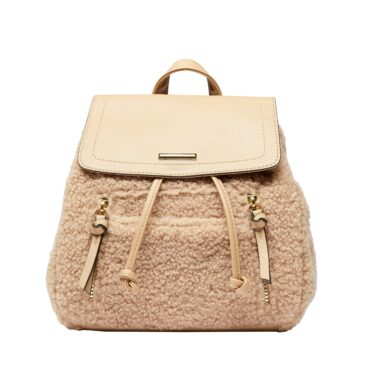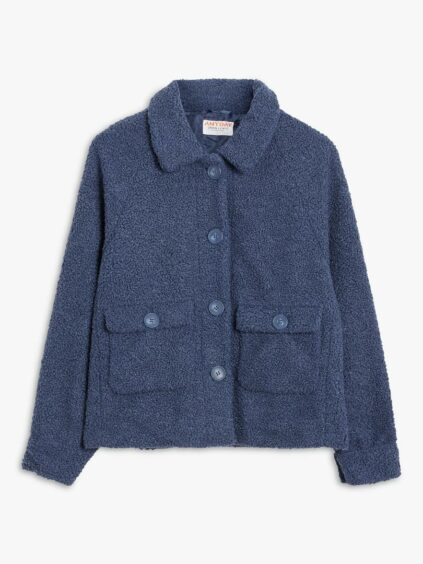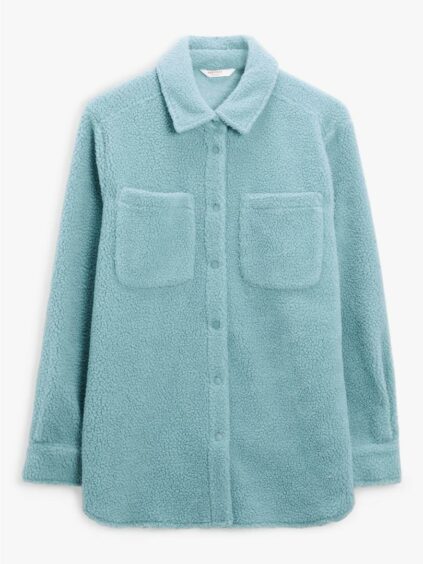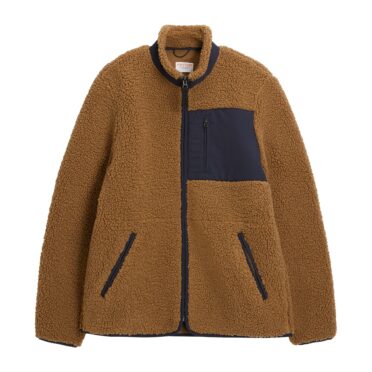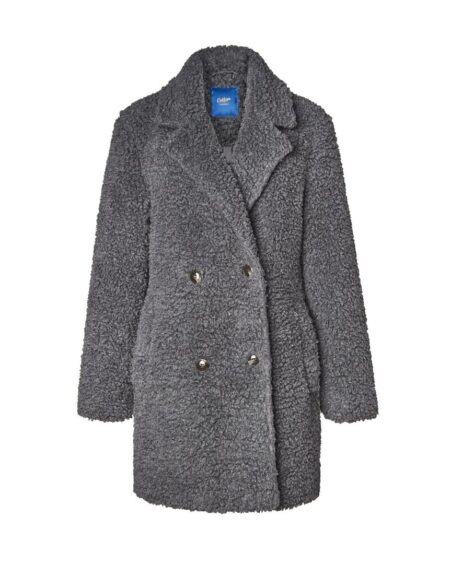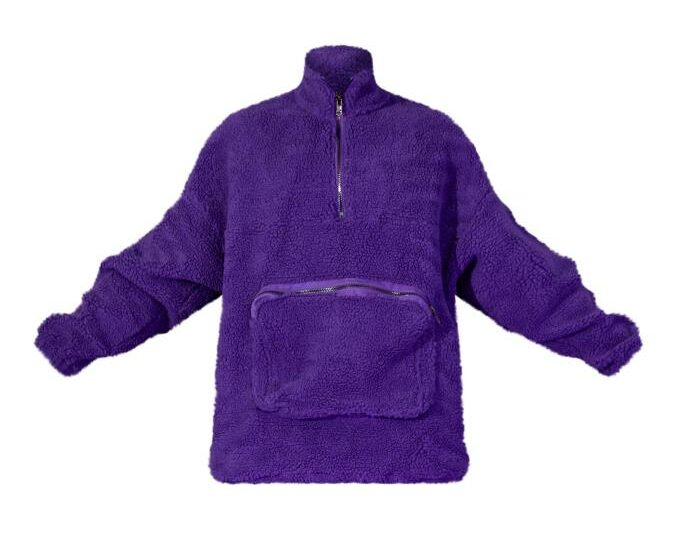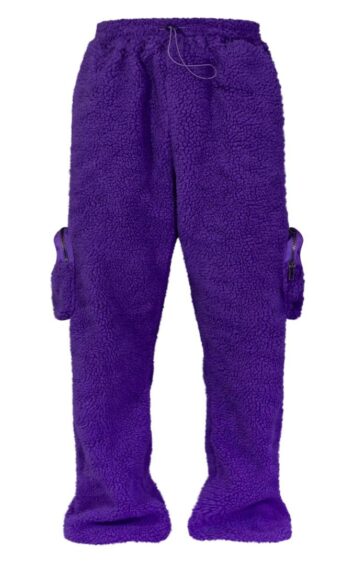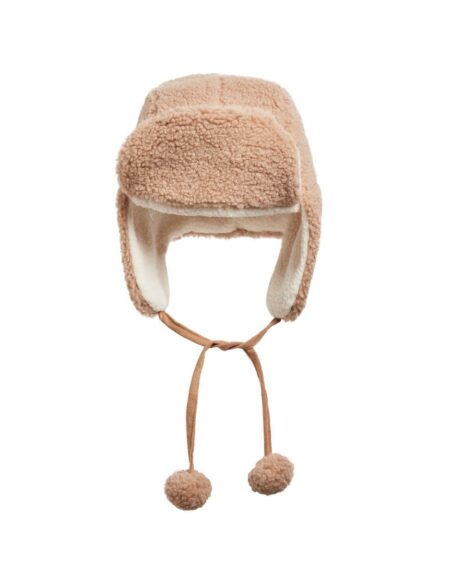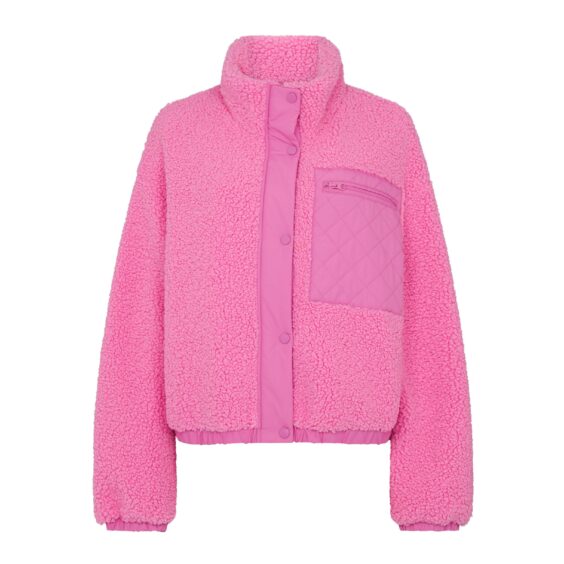Let’s talk about Borg, not Bjorn Borg the Swedish tennis champion or the alien villains in Star Trek but the soft, furry fabric that will keep you warm and cosy all through the winter, says Jacqueline Wake Young.
Done any decorating recently? Take a closer look at that paint roller.
That’s what mill owner George Borg did in the late 1940s and decided the soft, fluffy material he was producing for painting tools would also work for clothing and headed off to Manhattan’s garment district with a batch of the stuff.
On November 3, 1955 he made the financial pages of the New York Times and three weeks later made an application to the United States Patent and Trademark Office for Borglura, described as “pile fabrics of cotton, wool, synthetic fibres, or combinations of either of them”.
The newspaper later reported that Borglura coats, made by designers Kraeler-Frasca and Modelia had gone on sale at 20 department stores for $150 a pop – £1,122 in today’s money.
From groundbreaking to wardrobe staple
Borglura was produced using Darlan, a groundbreaking synthetic fibre, the formula for which was trademarked by the BF Goodrich Chemical Company in 1947, and George also had another fluffy fabric called Borgana, made from acrylics Orlon and Dynal.
The name Borg has stuck for the fleecy fabrics we see today, but George wasn’t the only runner in the race to create a deep pile clothing material that felt like fur.
Other contenders were also focusing their energies on cutpile fabrics, whereby threads are woven on to a cloth in loops and then cut with a sharp blade.
The result is a warm, soft fabric that looks and feels like shearling.
Borg has been used for a long time as a lining for outerwear, but in recent seasons has emerged as a standalone fabric, as beautiful on the outside as in.
Our top picks:

